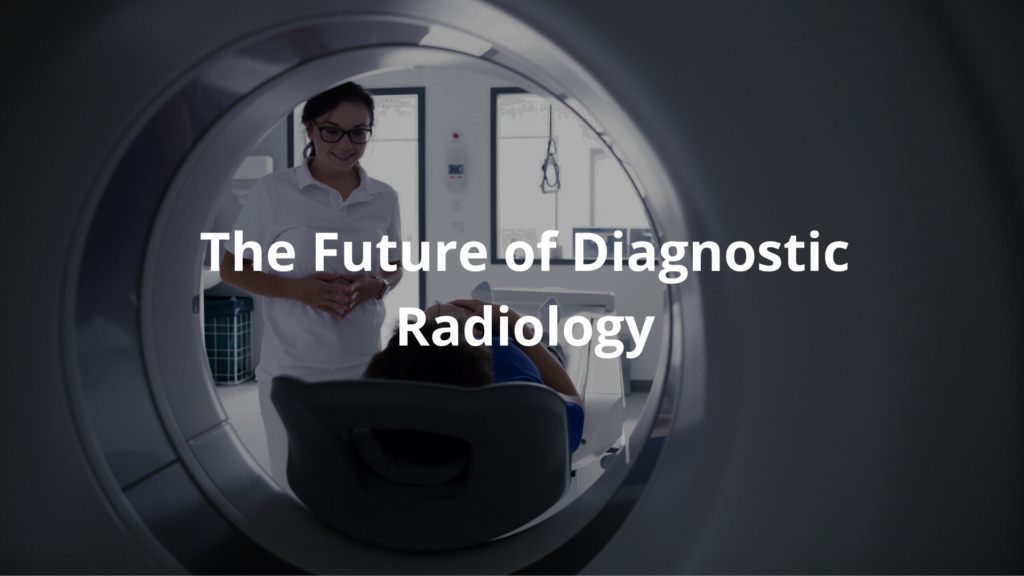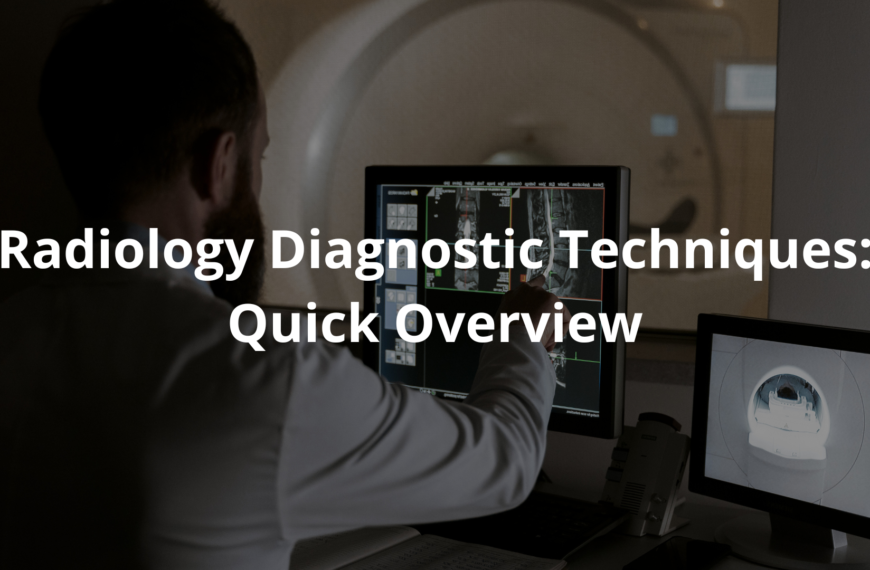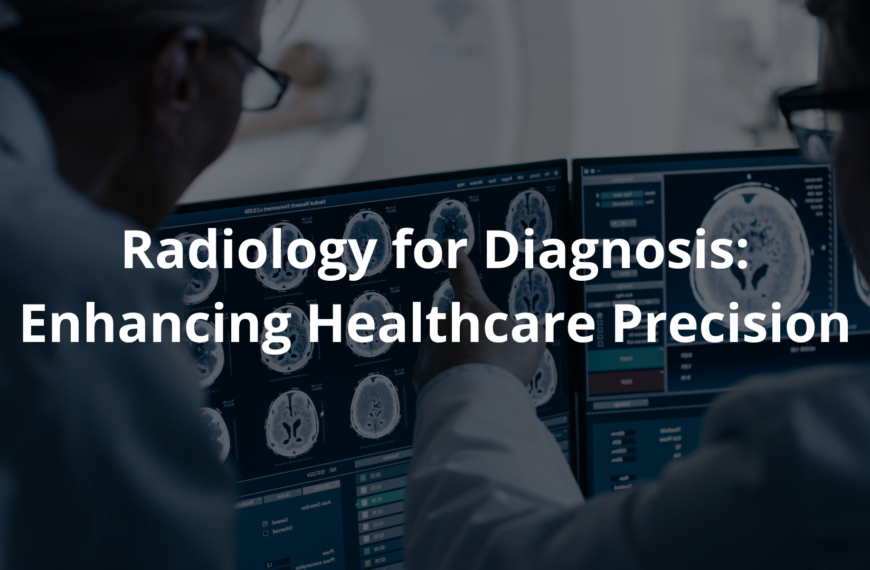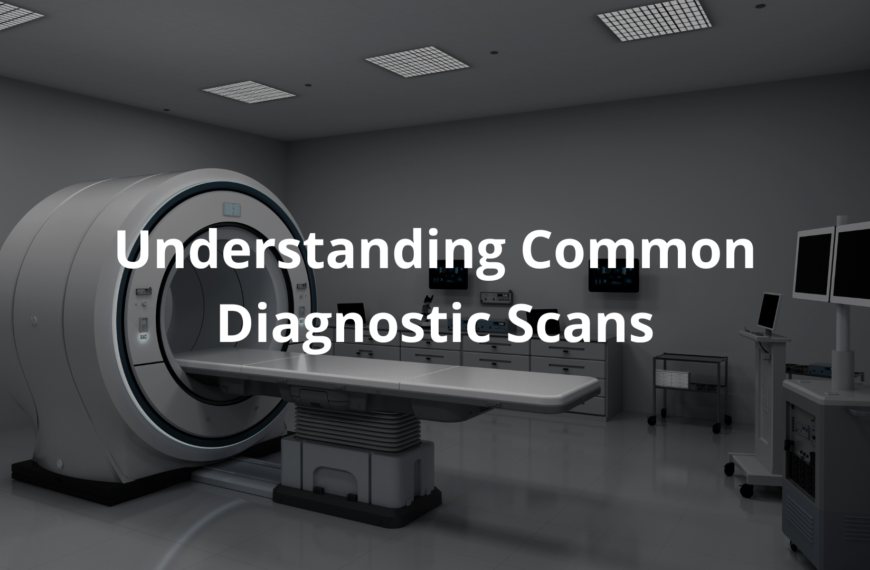Get to know what diagnostic radiology means and how it helps doctors find health problems using images.
Doctors often rely on diagnostic radiology to understand what’s happening inside the human body. It’s like having a special set of eyes that can see beyond what’s visible on the outside. Using advanced machines like X-rays, CT scans, and MRIs, they can spot broken bones, detect illnesses, or even track how well treatments are working.
These images aren’t just pictures; they’re lifesaving tools that guide doctors in making the best decisions for their patients. It’s fascinating to think about how much care goes into this process. Want to know more about how these machines work and why they’re so important? Keep reading!
Key Takeaway
- Diagnostic radiology helps doctors see inside the body without surgery.
- Different machines like CT scans and MRIs create images for doctors to study.
- Training to become a radiologist takes many years and is very important.
What is Diagnostic Radiology?
Diagnostic radiology is like having a window into the human body. It uses advanced machines to capture images of what’s happening inside us. Doctors rely on these images to spot illnesses or injuries. For example, they might use a CT scan to check for broken bones or an MRI to study the brain and nerves. It’s fascinating how these tools work together to solve medical mysteries.
Picture a radiologist in a quiet hospital room, staring at a glowing screen. They’re looking at scans, trying to figure out what’s wrong. It’s a bit like solving a puzzle. Each image is a clue, and they piece it all together to help other doctors understand the problem. These images can reveal everything from kidney stones to lung infections. Often, radiologists work closely with other medical teams to make sure patients get the right care.
The Machines Used in Diagnostic Radiology
There are several types of machines used in diagnostic radiology, each with a specific job:
- CT Scans: These use X-rays to take multiple pictures from different angles, creating a detailed image of the body. They’re great for spotting fractures or blood clots.
- MRI Scans: Using strong magnets and radio waves, MRIs create images of soft tissues like muscles and the brain. They can show things X-rays might miss, like nerve damage.
- Ultrasound: This machine uses sound waves to create images. It’s often used to check on unborn babies but can also examine organs like the liver or kidneys.
- Nuclear Medicine: This involves small amounts of radioactive material to see how organs are working. It’s useful for checking the heart or tracking blood flow.
These machines are incredibly helpful. They can detect issues like colon cancer, blood clots, or even infections. The quality of the images is critical—clearer pictures mean better diagnoses, which leads to more effective treatments.
How Do Radiologists Learn Their Skills?
Becoming a radiologist takes years of hard work. First, they complete medical school, which usually takes about four years. Then, they do a residency (about five years in Australia), where they learn to use imaging machines and interpret the results. This hands-on training is essential.
Some radiologists go further, doing a fellowship for another year to specialise in areas like breast imaging or nuclear medicine. In Australia, the Royal Australian and New Zealand College of Radiologists (RANZCR) oversees this training. They make sure radiologists meet high standards to keep patients safe. [1]
Radiologists also need strong communication skills. They must explain their findings clearly to other doctors so everyone understands what’s going on. This teamwork is key to providing the best care.
Why Is Diagnostic Radiology Important?
Diagnostic radiology is a game-changer in healthcare. It helps doctors find problems early, which can save lives. For example, spotting breast cancer through a mammogram means treatment can start sooner. Early diagnosis often leads to better outcomes.
Doctors also use these images to monitor patients during treatment. If a scan shows improvement, they know the treatment is working. If not, they can adjust the plan. This flexibility is crucial.
Another benefit is that most imaging tests are non-invasive. Patients don’t need surgery to get answers. A simple scan can provide all the information doctors need, making it less stressful for everyone.
Radiology also plays a big role in preventative care. By identifying potential issues early, patients can take steps to stay healthy before problems get worse.
What Are Some Challenges in Diagnostic Radiology?
Challenges Facing Diagnostic Radiology in Australia
- Radiologist Shortage: There aren’t enough radiologists, especially in rural areas. This makes it hard for people in remote regions to access imaging tests.
- Long Wait Times: With most radiologists based in cities, patients in the bush often face delays, which can affect their health.
Increasing Demand for Radiologists
- The population is growing, and more people need imaging tests. If this trend continues, Australia could face a serious radiologist shortage by 2030. [2]
Challenges in Radiology Departments
- Radiology departments are often overbooked. Radiologists have to rush through cases, which can affect the quality of care.
The Future of Diagnostic Radiology

Diagnostic radiology is evolving quickly. New machines are being developed to take better images faster. This is good news for both patients and radiologists.
Artificial intelligence (AI) is also starting to play a role. It can help radiologists analyse images more quickly and accurately. This means patients might get their results sooner.
Encouraging more students to become radiologists could help address the workforce shortage. Schools and hospitals are working on ways to attract young people to the field.
Researchers are also focused on making imaging safer. For example, they’re finding ways to reduce radiation exposure from X-rays while still getting high-quality images.
Diagnostic radiology is an incredible tool in modern medicine. It helps doctors catch problems early, monitor treatments, and keep patients healthy. If you’re ever curious about how these machines work, ask your doctor—they’ll probably be happy to explain!
FAQ
What is diagnostic imaging and why do doctors use medical imaging to produce images?
Diagnostic imaging helps doctors see inside the body using different imaging methods. Medical doctors use these techniques to generate images that show what’s happening in various parts of the body without surgery. These medical images help them spot health conditions early and plan treatments.
How do imaging centers use different imaging methods like ct scanning and mri scans?
Imaging centers offer a wide range of imaging exams. CT scanning uses detailed images to look at bones and soft tissue, while mri scans use magnetic fields to create high quality pictures. Both help medical doctors examine specific medical concerns with incredible detail.
How do imaging methods like ct angiography help examine blood vessels and blood flow?
CT angiography lets doctors check arteries or veins without invasive imaging. It uses contrast agent to highlight blood flow through blood vessels. This helps spot problems in areas like the liver and kidney or other parts of the body that need good circulation.
What role do magnetic resonance and radio waves play in diagnostic tests?
Magnetic resonance imaging uses magnetic field and radio waves to create detailed pictures. These imaging methods are especially good at showing soft tissue and the nervous system. They’re completely painless and help doctors spot health conditions early.
How has diagnostic imaging evolved from wilhelm conrad roentgen’s ray machine to modern imaging equipment?
Since wilhelm conrad’s first ray machine, imaging technology has come a long way. Today’s imaging equipment uses everything from sound waves to gamma rays. Modern diagnostic imaging provides real time, high quality images that help with patient care across all health care settings.
What training do medical doctors need for diagnostic radiology in imaging centers?
In the united states, doctors complete a year residency followed by a year fellowship in medical imaging. Their medical education includes medical physics and primary care. Many get certified by the american board and american registry to work in a medical facility.
What role do university school programs play in medical training for diagnostic imaging?
University school programs are essential for areas of focus in diagnostic imaging. They combine medical training with hands-on experience using plain radiography and other imaging exams. Students learn about radiation therapy and various diagnostic tests in a practical setting.
Conclusion
Diagnostic radiology is a big help in healthcare. It lets doctors look inside our bodies to spot problems early. Machines like CT scans, MRIs, and ultrasounds give clear images that guide doctors in making choices. Sure, there are challenges, but new tech and more people training as radiologists make the future bright. So, next time you hear “diagnostic radiology,” think about how it works quietly to keep us all feeling well.
References
- https://www.ranzcr.com/component/edocman/ranzcr-standards-of-practice-for-diagnostic-and-interventional-radiology/download
- https://www.aph.gov.au/Parliamentary_Business/Committees/Senate/Community_Affairs/Diagnosticimaging/~/media/Committees/clac_ctte/Diagnosticimaging/Report/c04.pdf




